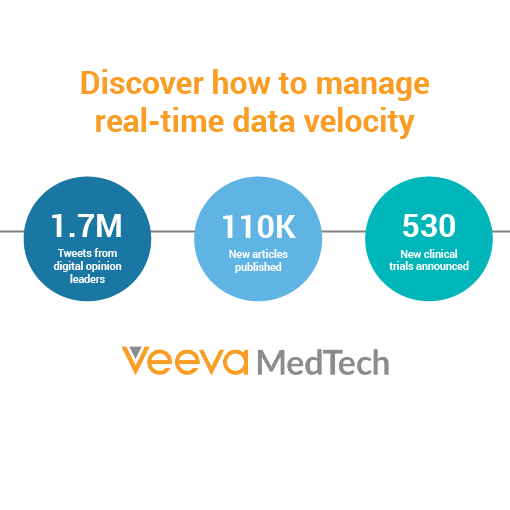Ensuring Medtech Launch Success
With increased competition for highly targeted patient populations, executing a successful launch is more important — and challenging — than ever. A slight delay in adoption can equate to millions of dollars in lost revenue. Identifying and engaging with the right experts early in the launch is critical to accelerating education and adoption of new technology.
Real-time intelligence about experts in your market could help you devise your launch strategy and accelerate adoption. A new analysis of migraine products shows that disease state education with key opinion leaders (KOLs) before launch is associated with 1.5 times greater treatment adoption1 across that healthcare organization (HCO) over the first six months post-launch.
The medtech industry lacks a standard, data-driven approach to identifying, prioritizing, and engaging KOLs. However, some companies are leveraging real-time intelligence to create a new engagement model. A data-driven approach helps these organizations build the right relationships and focus resources where they will have the greatest impact, mobilize teams early, and personalize engagement with HCPs.

Focus Resources on the Right KOLs to Maximize Impact
Medtech organizations rely on KOLs for a successful launch. But the need for KOL insights starts well before launch. You need to understand your expert pool during R&D and clinical trials. For launch resourcing and planning, you should be able to answer: Who are the key external experts for that launch? How many are there? Where are they based? What do they do?
Approaching launch, you need a deeper understanding of these experts: their clinical and academic interests, networks, and social media involvement. These insights form the foundation for great scientific interactions. Engagement should start early, and it doesn’t stop.
Engaging the right group of KOLs and aligning their skills and expertise with key launch priorities is critical to success. However, many organizations rely on tribal knowledge and a manual approach to KOL selection, sifting through growing volumes of information from multiple sources to identify the right experts. This leads to overuse or even burnout of a small group of KOLs, while others are underused or targeted for activities that aren’t optimally aligned with their unique areas of expertise, reducing your ultimate impact.
Mobilize Field Teams Early
Commercial and medical affairs teams engage with a wide variety of stakeholders before and after a launch. Mobilizing early ensures they can provide stakeholders with study data and real-world evidence, nurture existing relationships, and build new ones. Starting too late may compromise the ability of commercial and medical teams to develop credible and trusted scientific relationships. The insights gained by these teams are one of the greatest assets for developing the overall launch strategy.
Personalize Engagement
If medtech companies can provide stakeholders with the information they need, when and how they need it, they will have a competitive advantage. HCP expectations around communication channels have changed, and medtech companies need to ensure clinicians get what they want in terms of engagement and clinical and scientific data. Furthermore, measuring impact and assessing the quality of engagements, irrespective of channel, is essential to ensure teams consistently deliver value to customers.
Tools such as Veeva Link Key People for MedTech allow commercial and medical affairs teams to easily visualize, via a single platform, an HCP’s complete clinical and academic interests, scientific and digital activities, and collaboration networks in real time. The information must be live, so if a team member is preparing to engage with a KOL tomorrow, they can see what that KOL published last week, which congress they attended (or will be attending), and whether they recently posted on social media. Real-time KOL intelligence platforms provide a single source of truth to enable coordinated, compliant KOL management across business units and geographies.